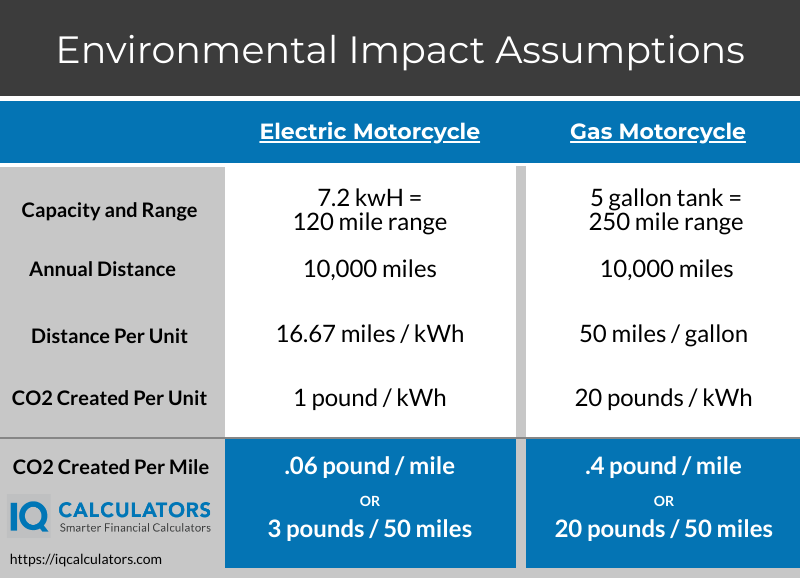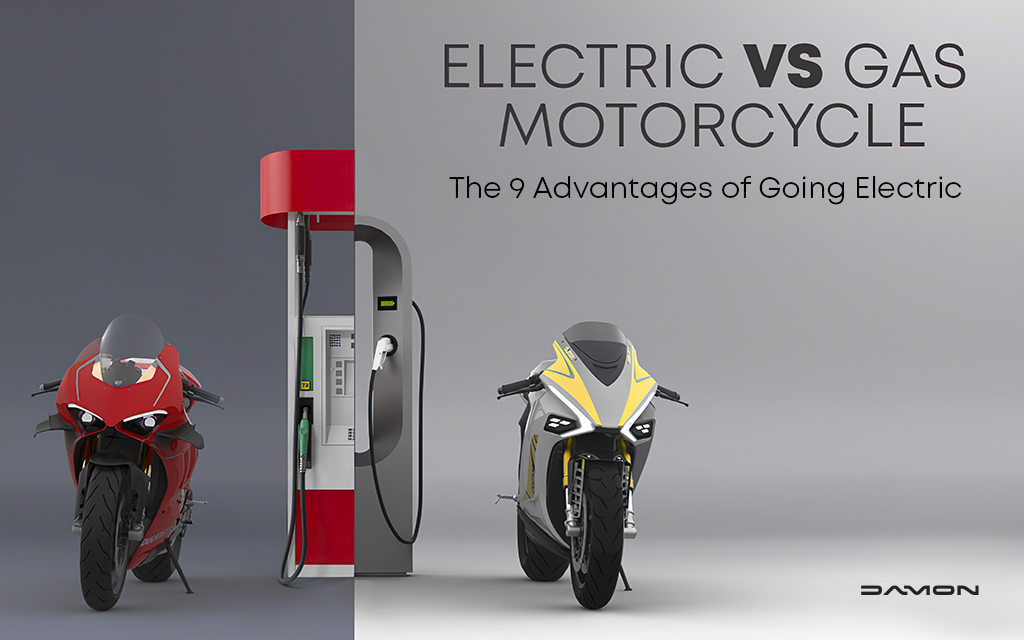Beginning with Electric motorcycle vs gas comparison, the narrative unfolds in a compelling and distinctive manner, drawing readers into a story that promises to be both engaging and uniquely memorable.
Electric motorcycles have been gaining popularity in recent years, challenging the traditional dominance of gas-powered motorcycles. This comparison delves into the key differences between the two types, shedding light on their performance, cost, environmental impact, and more.
Introduction
Electric motorcycles are gaining popularity in recent years due to their environmentally friendly nature and cost-effectiveness. On the other hand, gas-powered motorcycles have been the traditional choice for riders for many years. Let's explore the main differences between electric and gas motorcycles.
Main Differences
Electric Motorcycles:
- Environmentally friendly as they produce zero emissions
- Lower maintenance costs due to fewer moving parts
- Quiet operation for a more peaceful riding experience
- Instant torque for quick acceleration
Gas-Powered Motorcycles:
- Longer range compared to electric motorcycles
- More charging infrastructure available for gas motorcycles
- Quick refueling at gas stations
- Familiarity for riders used to gas-powered engines
Performance
Electric motorcycles and gas motorcycles differ in various aspects of performance, including acceleration, top speeds, torque delivery, power output, and handling. Let's delve into the specific differences between the two types.
Acceleration and Top Speeds
Electric motorcycles are known for their instant torque delivery, providing quick and smooth acceleration from a standstill. This characteristic gives electric motorcycles an edge in urban settings and stop-and-go traffic. On the other hand, gas motorcycles may have a higher top speed compared to electric motorcycles, making them more suitable for highway cruising and long-distance rides.
Torque Delivery and Power Output
Electric motorcycles excel in torque delivery, offering consistent power throughout the rev range. This results in a thrilling riding experience and responsive performance. Gas motorcycles, while capable of delivering high power outputs, may have varying torque levels depending on the engine's RPM range.
Handling and Agility
Electric motorcycles are often lighter and have a lower center of gravity, contributing to better handling and maneuverability. The instant torque from electric motors also enhances the agility of these bikes, allowing riders to navigate tight corners with ease. Gas motorcycles, while typically heavier, may offer a different riding experience with their engine characteristics and handling dynamics.
Range and Charging

Electric motorcycles and gas motorcycles differ significantly in terms of range and charging capabilities.Electric motorcycles typically have a range of 60-100 miles on a single charge, although some premium models can reach up to 200 miles. On the other hand, gas motorcycles can travel 150-300 miles on a full tank, depending on the bike's fuel efficiency and tank capacity.
Charging Infrastructure
Electric motorcycles rely on charging stations to recharge their batteries. These stations are becoming more common in urban areas and along highways, but the infrastructure is still developing in some regions. Charging times can vary depending on the charger type, with fast chargers capable of providing an 80% charge in around 30 minutes.Gas motorcycles have the advantage of a well-established refueling infrastructure with gas stations available almost everywhere.
Refueling a gas motorcycle is quick and convenient, usually taking only a few minutes to fill up the tank.
Limitations and Advantages
Electric motorcycles face limitations in terms of range compared to gas motorcycles, making them less suitable for long-distance travel
However, they are dependent on fossil fuels and emit harmful pollutants into the environment.
Cost

Electric motorcycles and gas motorcycles differ not only in their performance and range but also in their costs. Let's break down the various cost aspects of owning and operating these two types of motorcycles.
Upfront Costs
When it comes to purchasing a motorcycle, the upfront cost of an electric motorcycle is typically higher than that of a gas motorcycle. This is mainly due to the higher cost of battery technology in electric motorcycles. However, it's important to consider potential savings in the long run due to lower operational costs.
Maintenance and Operational Costs
Electric motorcycles generally have lower maintenance and operational costs compared to gas motorcycles. Electric motorcycles have fewer moving parts, which means less wear and tear and fewer components to maintain or replace. Additionally, electricity is often cheaper than gasoline, resulting in lower operational costs over time.
Incentives and Savings
There are various incentives and savings associated with owning an electric motorcycle. Some governments offer tax credits or rebates for purchasing electric vehicles, including motorcycles. In addition, the cost of electricity for charging an electric motorcycle is typically lower than the cost of gasoline for a gas motorcycle, leading to potential savings for the owner.
Environmental Impact
Electric motorcycles have a significantly lower environmental impact compared to gas motorcycles. The shift towards electric vehicles aims to reduce harmful emissions and combat climate change. Let's delve into the environmental benefits of choosing an electric motorcycle over a gas-powered one.
Carbon Footprint
Electric motorcycles produce zero tailpipe emissions, resulting in a much lower carbon footprint compared to gas motorcycles. The electricity used to charge these vehicles may still come from fossil fuels, but advancements in renewable energy sources are making electric motorcycles even more eco-friendly.
Sustainability and Eco-friendliness
Electric motorcycles contribute to sustainability by reducing our dependence on finite fossil fuels. They are also quieter and produce less noise pollution compared to gas motorcycles, making them more environmentally friendly in urban areas. Additionally, the overall lifecycle impact of electric motorcycles, including manufacturing and disposal, is often lower than that of gas motorcycles.
Ending Remarks

In conclusion, the comparison between electric motorcycles and gas motorcycles reveals a dynamic landscape where innovation meets tradition. Each type has its advantages and limitations, offering riders a diverse range of choices to fit their preferences and needs. Whether you opt for the eco-friendly allure of electric bikes or the familiar roar of a gas-powered engine, the decision ultimately rests on what resonates with you the most.
FAQ Explained
How does the acceleration of electric motorcycles compare to gas motorcycles?
Electric motorcycles typically have instant torque delivery, providing quicker acceleration compared to gas motorcycles which may have a slight lag.
What are the charging options for electric motorcycles versus refueling options for gas motorcycles?
Electric motorcycles can be charged at home or using public charging stations, while gas motorcycles require refueling at gas stations.
Are there any incentives for owning an electric motorcycle over a gas motorcycle?
Some regions offer incentives such as tax credits or rebates for purchasing electric motorcycles due to their eco-friendly nature.













